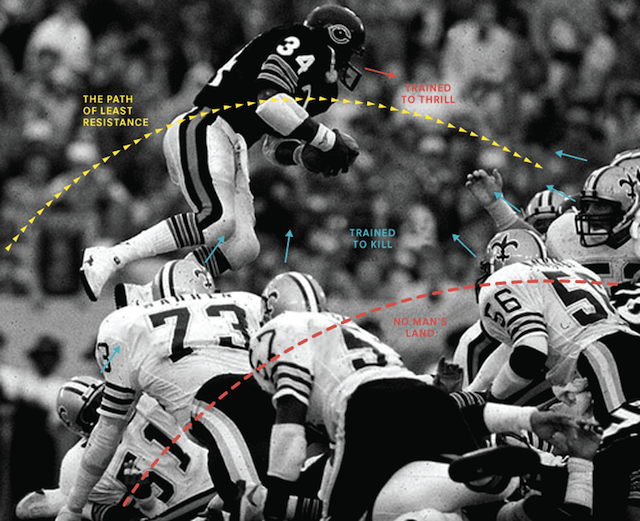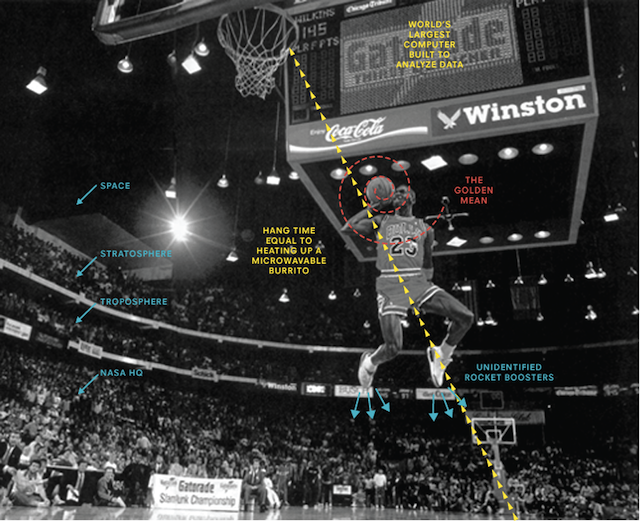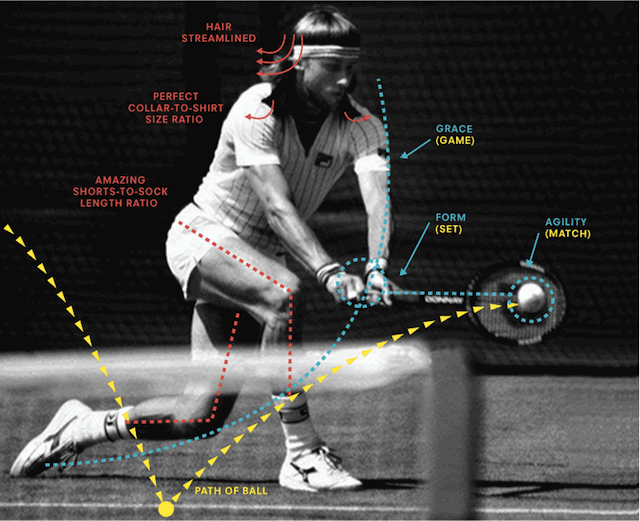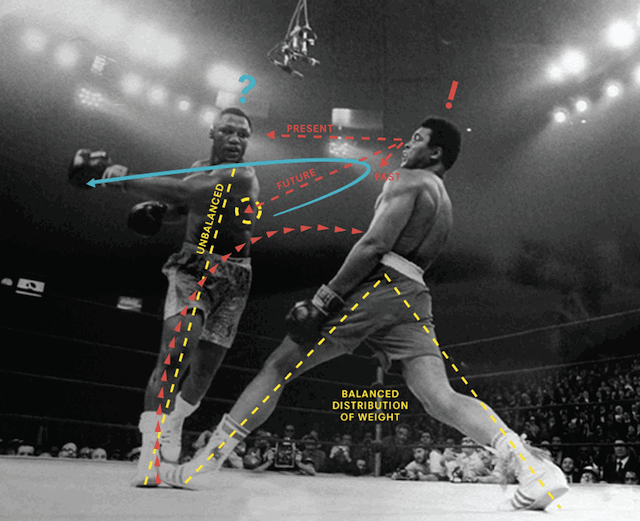Sculpture over Portland waters
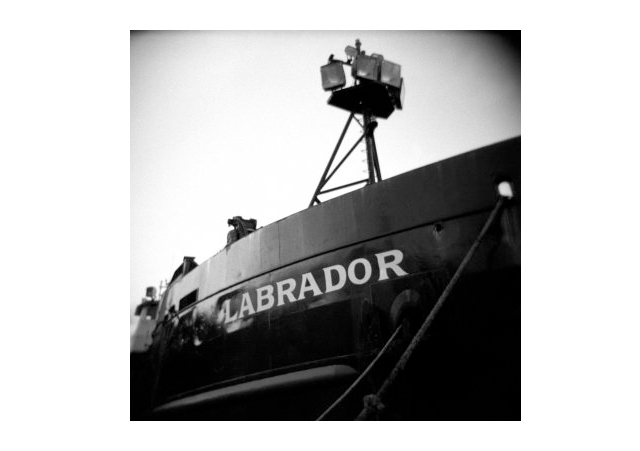
A gallery that has no home. A working studio space that has no address (well, sort of). Shake hands with The Labrador, 12128, a floating workshop/refuge/venue/studio/gallery run by four recent art grads from Lewis & Clark. The Labrador lives on the Willamette River, on Sauvie Island, and used to ship bodes back home after WWII, as well as fish frozen northern waters for crab. Sounds like a set for Ghosthunters, a place where artists go to get terrorized.
Run by four (obviously) crafty humans, The Labrador seems like a destination in itself, any presentation of art beyond the vessel almost seems like bonus. Nevermind that Kyle Thompson, Zoë Clark, Lewis Feuer, and Caitlin Ducey produce solid, gorgeous work individually and collaboratively. Let there be pioneers in a land full of pioneers. But let them be on a boat, you know, just because it’s awesome and a little hilarious. Of course, this is how our (white) people originally came here, just go straight to the source…
Check out the caliber:










Here’s the team, and here’s what it looks like if you go to a gallery opening on The Labrador (the gallery is known as 12128).
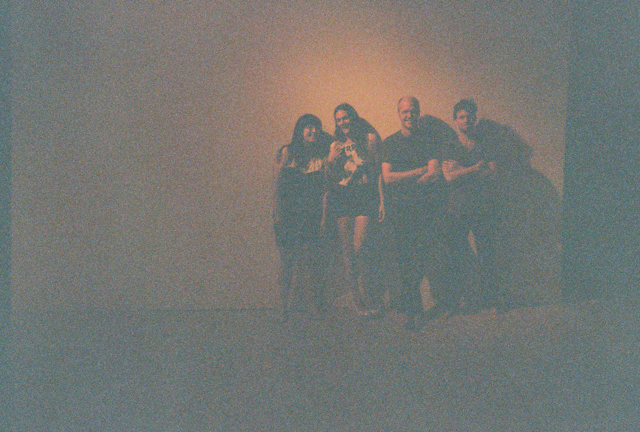

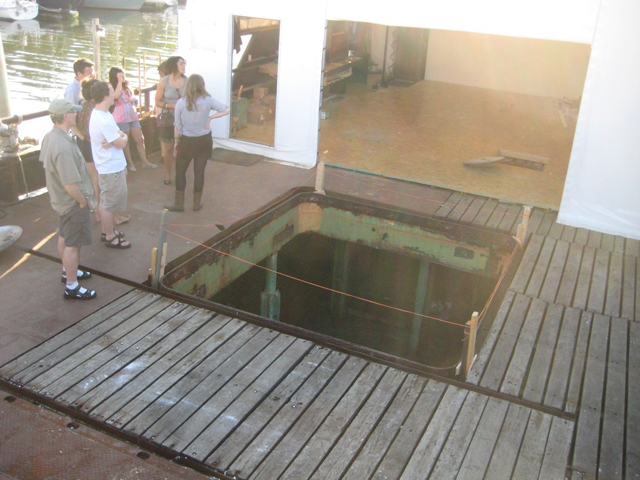
Balinese performance art
Shadow Puppetry “Wayang”
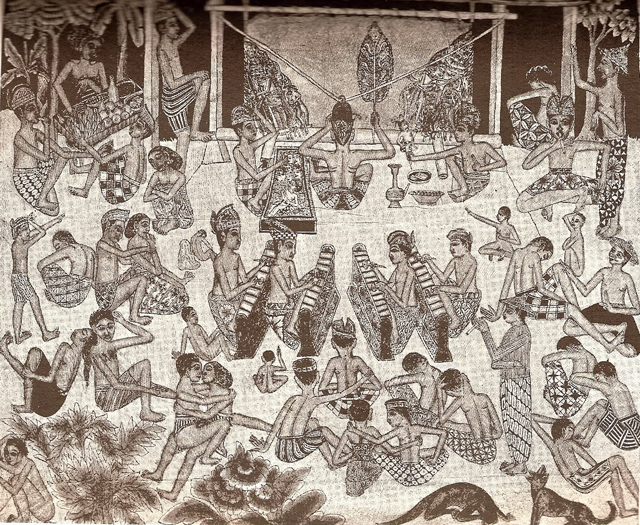
Shadow puppet theater is a thousand-year-old artform that entertains millions to this day in Indonesia & Bali. Cut from buffalo hides, puppets are placed between a tightly hung screen and an electric or fire lamp and usually tell epic Hindu tales like The Ramayana or The Mahabharata. Entire villages gather and watch the all-night tales which are accompanied by live music & narration from behind the screen. Cross legged, giggling on rice mats, entire communities lean-in on the story. Clearly in the depiction above, a pair of lovers are taken over by the romantic poetry of the scene. Just writing about it makes me woozy, err, envious of such a form of entertainment. What a way to learn your context, through night-long puppet theater surrounded by your whole village. Incredible.
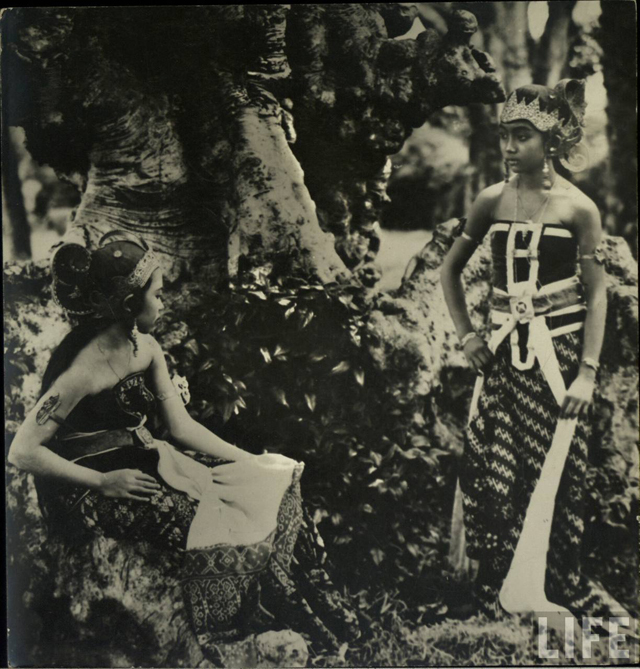
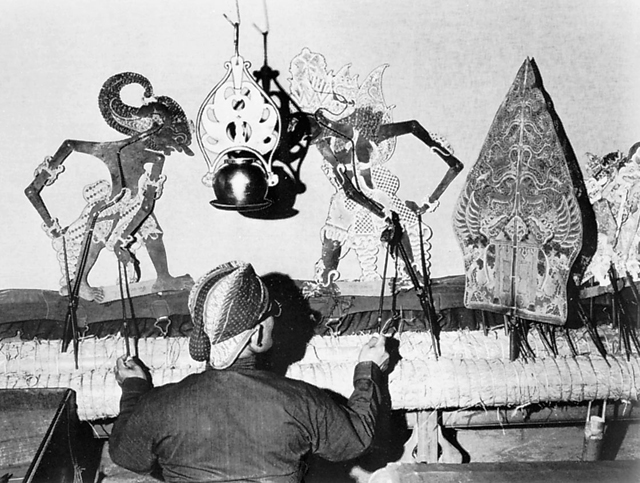
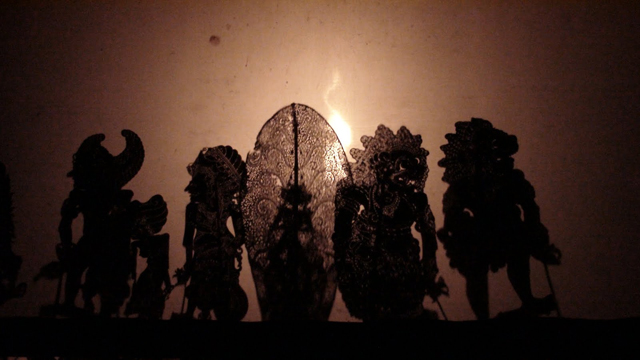
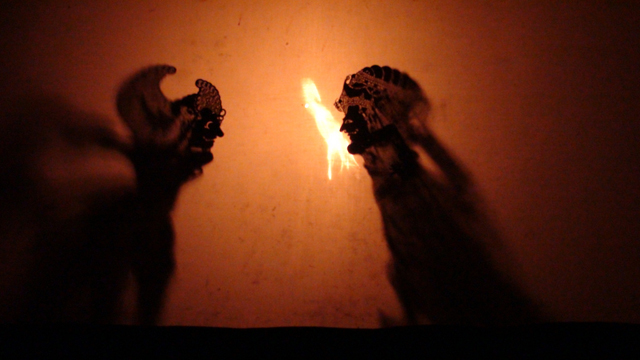
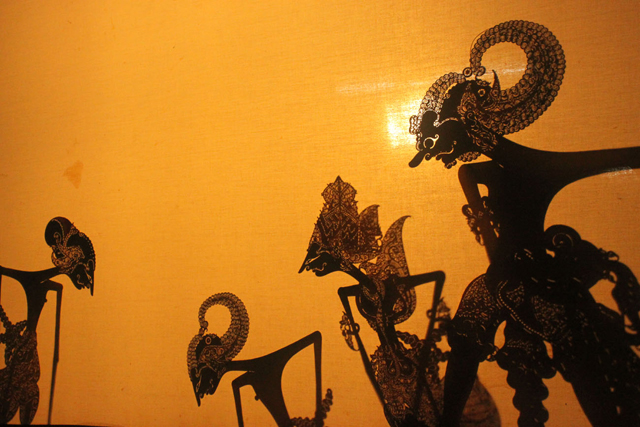
Kecak, Rangda, & the Barong
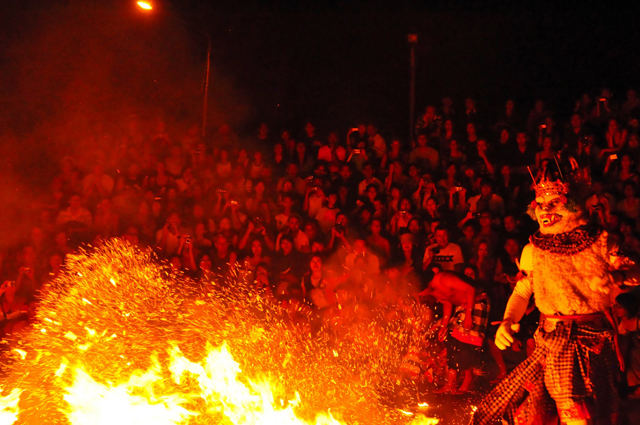
Beyond shadow puppetry, the Balinese offer much more exciting pageantry almost always revolving around the idea of good vs. evil. The result are stories that are never concluded, as the battle rages on in the Balinese mind. There are no victors, no happy endings, just the constant push and tear of light and dark. One such representation is the Kecak “Monkey Dance” unique as it has no instruments, just a large group of men singing a haunting chorus late into the night. It must be bone chilling to experience. The Ramayana is recited, lead by a monk, and most participants usually end up in a trance during and after the performance.
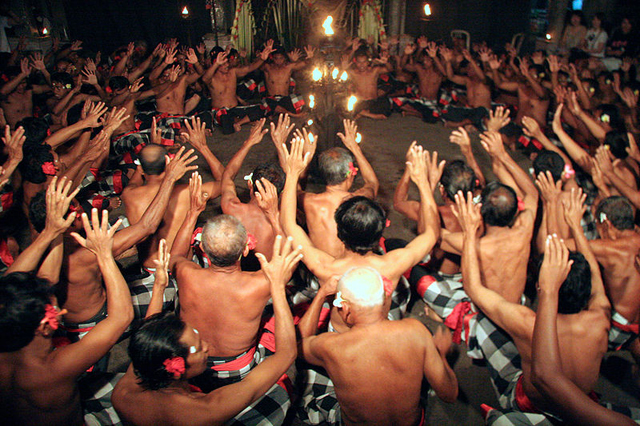
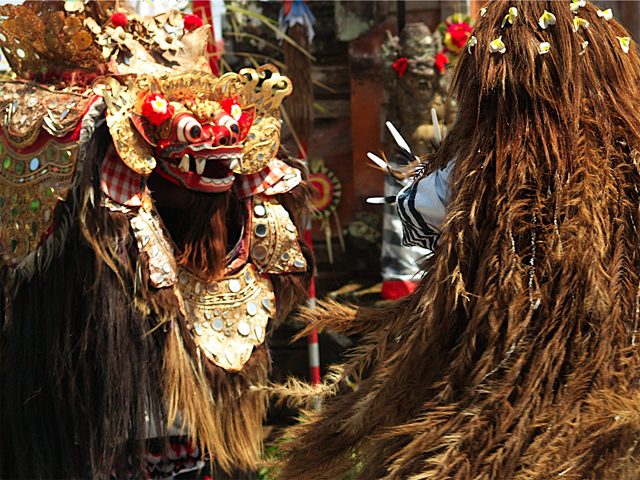
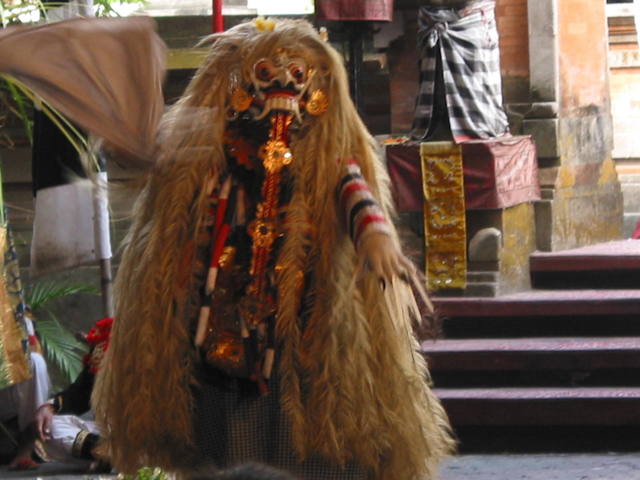
Above, the struggle between the Barong and the witch Rangda, performed every 6 months to rid villages of evil. The wooden masks that are worn are completely artisan works of high art, and each carries its own spirit that must be invoked before being worn. Typically, the performer loses consciousness during these performances and wakes after trance has lifted once the mask has come off.
Here is the Kecak performed for Baraka (1992):
What follows is the struggle between the Rangda and the Barong, both mythical creatures. Rangda uses her evil trance to get the villagers to turn their daggars on themselves, but the Barong prevents the daggars from piercing their skin (called the Kris dance). Quite often this also is done in trance and the villagers will place the Kris’ in their mouth, up their nose, or in their eyes or chest and remain unharmed.
Like I needed more reasons to go to Bali, everyone seems to be an artist or a performer:
MATH!
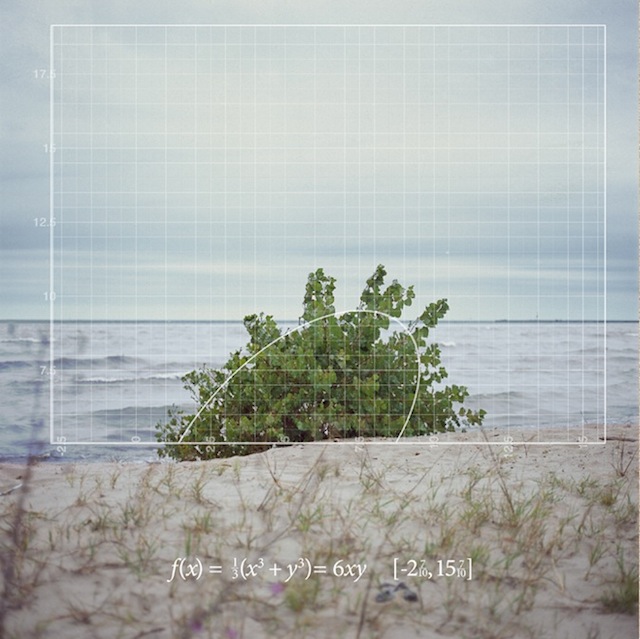
I’ve seen Nikki Graziano‘s Found Function project here and there for quite a while now, and every time I run across it, it stops me in my tracks. The images alone are striking and the mathematic observations she makes are both surprising, playful, and precise. I like the way she looks for order in apparent chaos, and her presentation is spot on.
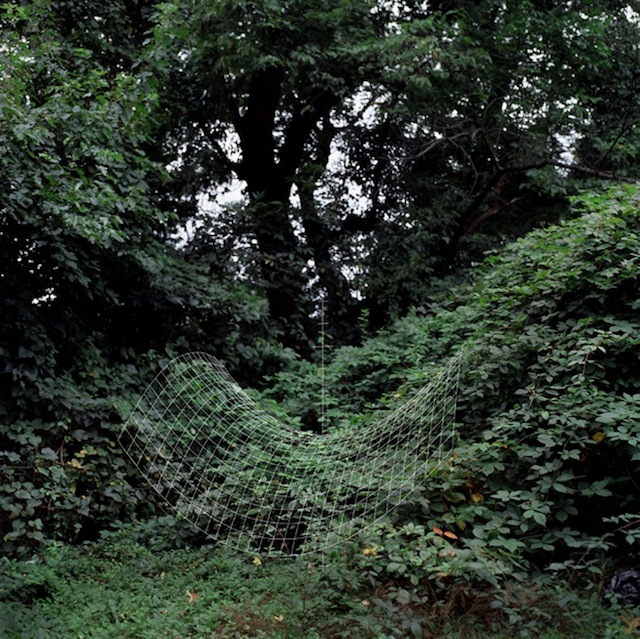
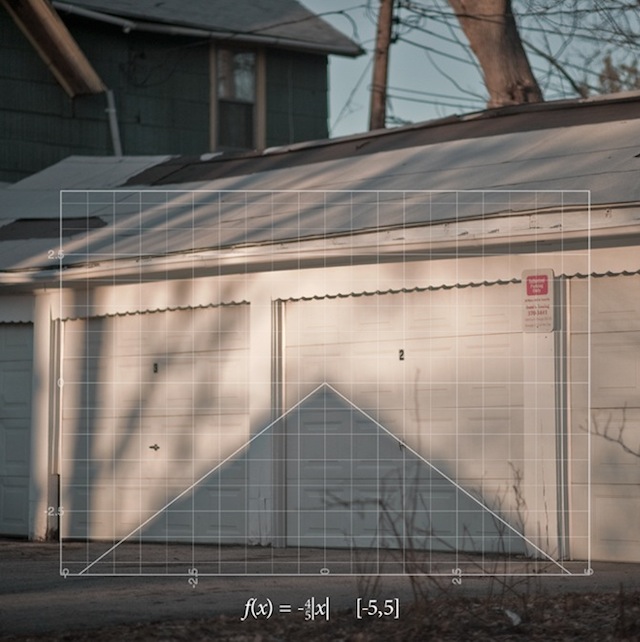
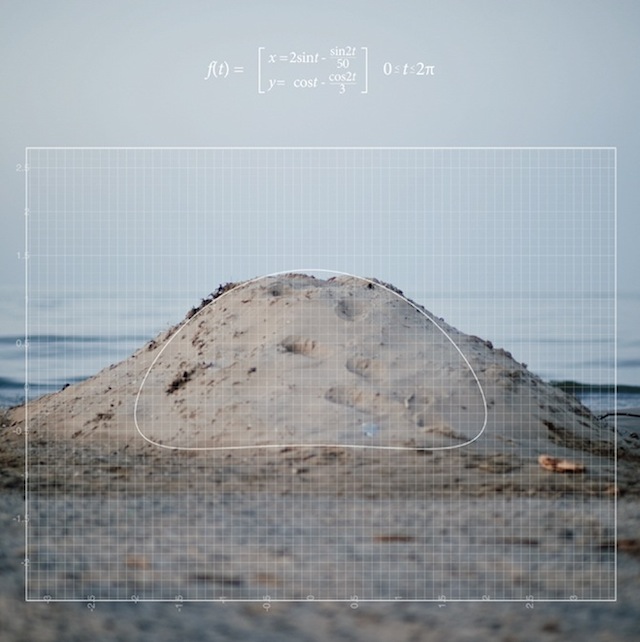
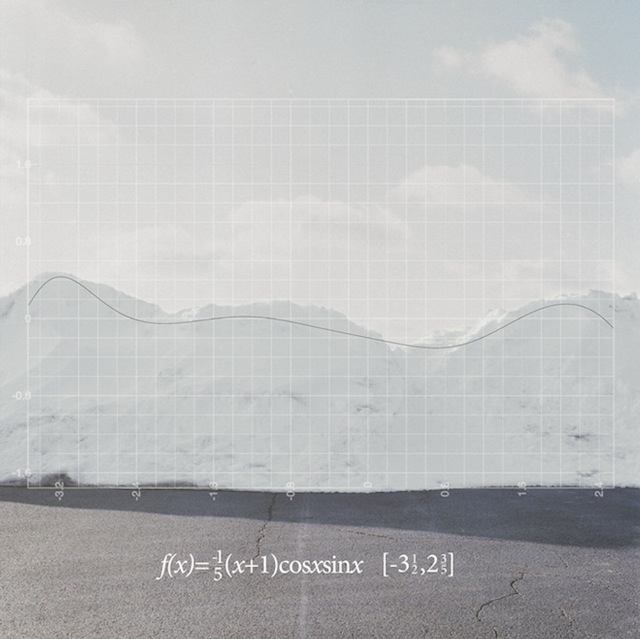
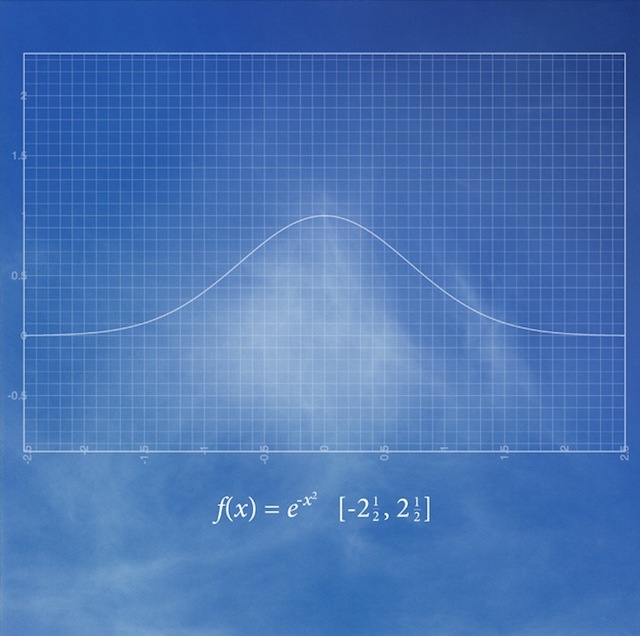
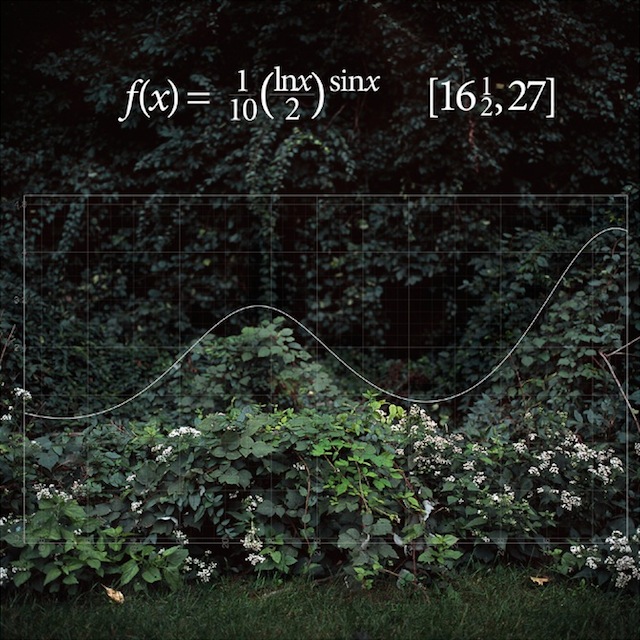
While not exactly math these images also fall under the “order from chaos” umbrella. Taking famous moments from sport (many brought back great memories of watching these events take place as a kid) and exploring all the detail that was captured within them, an image is worth a thousand words and all that. I like these because they break down all the things that make these images emotional for so many people. Built into many of these images are our understanding and judgements concerning each athlete both as a professional and a public figure. It is interesting to see someone expose some of the messages that those who have followed these athletes understand intuitively. In addition, alot of the comments are just plain funny.
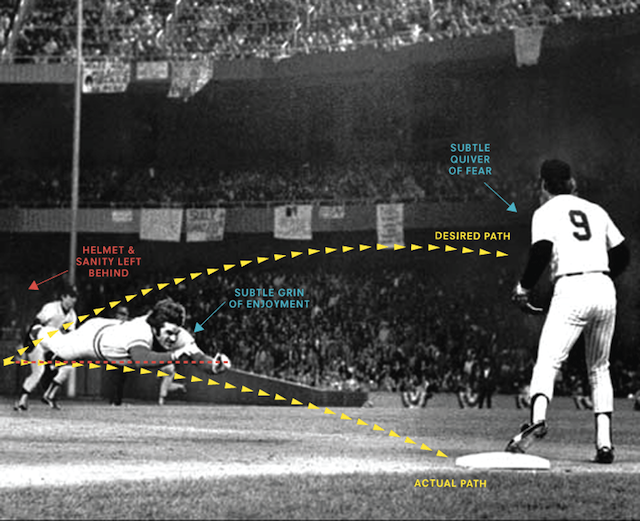
For the life of my I cannot find a source for the next set of images they have been passed around so man times on so many nameless blogs and image sharing sites that they have been separated from their owners! If you know who made these please leave a comment and I’ll edit the post to give credit.
Josef Shulz
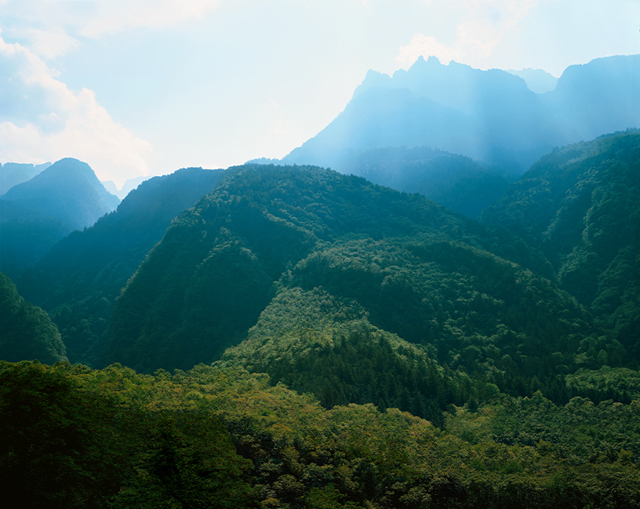
Mr. Shultz works out of charming Düsseldorf and is one of the best architectural photographers I have ever seen. It’s impossible to tear my eyes away. Ok let’s get this straight, this isn’t easy. To make an enormous object like a building look wafer thin, or chunkier than it is, or to appear completely foreign to its background is so precise a skill that I can’t quite fathom his process. He repeatedly performs these feats and throws them on his portfolio site like they’re casual snapshots of buildings he stumbles across in what appears to be the most gorgeous Germany I’ve ever imagined.
And that grass. Something is happening with that grass.
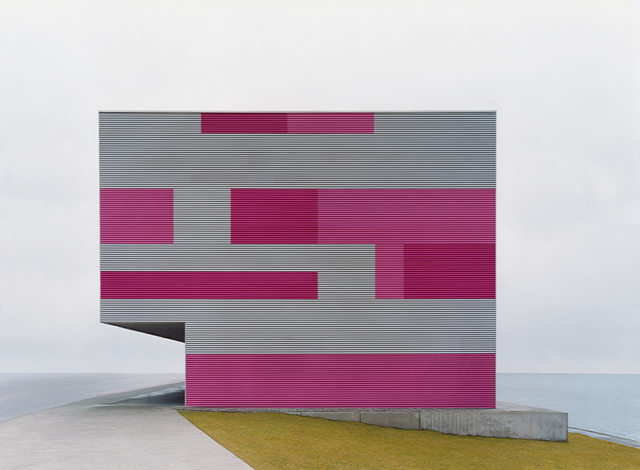
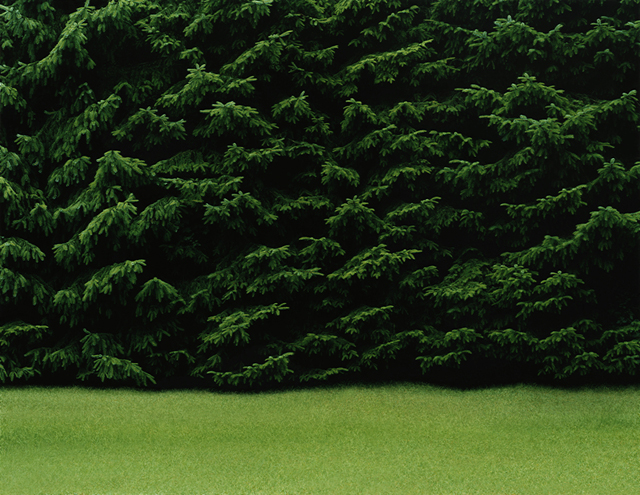
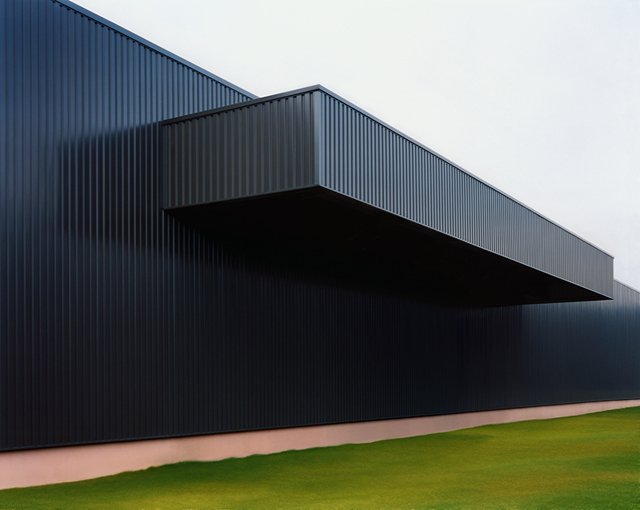
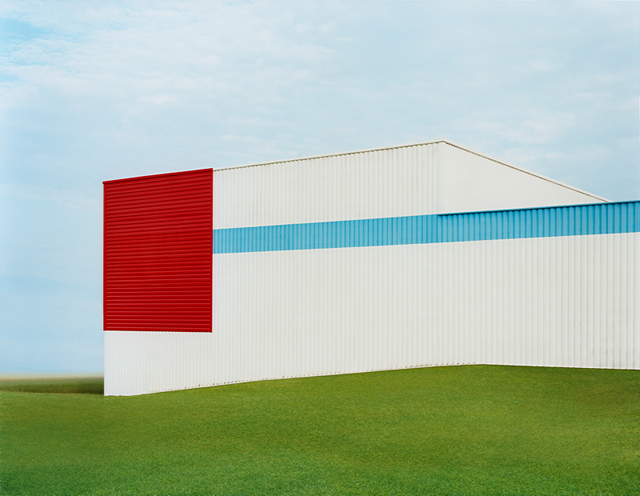
Manhattan Masjid, or YMCA
Disclaimer
I originally hesitated to comment on this, wondering if this was the appropriate venue to talk about a couple of pressing things. If it’s not a stretch, the subject does involve shared spaces, complex systems, and perhaps narrative storytelling. Don’t be alarmed, I’m quite a mild commentator, perhaps you share some of these views also.
Headlines usually have a short lifespan for those not in them, but often we don’t realize that most headlines involve all of us. Most particularly in the case of the “Ground Zero Mosque” — which, by the way is a misnomer. Now that I’ve said this subject is relevant to this space I may leave all that behind and share my point-of-view from here forward. This would be Aaron now, not FORTPORT (you may now place your recording devices on the table).
It’s a Rec Club, not the Taliban
First, let’s be clear. Here is a map of the proposed Muslim community center:
The community center is in red, the actual location of Ground Zero is at the World Memorial in blue. Even from the furthest tip of the lot where the towers once stood it is two blocks to the community center, but more accurately from Ground Zero, it is four blocks. From the WTC Tribute Visitors Center it is six blocks, and from the WTC Memorial Fountain also six blocks. In essence, the term Ground Zero Mosque is a falsehood.
The notion that any such Muslim-oriented building would be looming down upon Ground Zero was probably stated by someone who has never been to Manhattan. The size of the buildings obliterate any chance of seeing 45 Park Place (the address of proposed center), in fact to see this location one would have to deliberately walk to 45 Park Place, or never know it existed.
In addition to being located away from actual Ground Zero, the alleged Mosque is actually a Community Center. Indeed, for it to be a Mosque (or Masjid) only worship could be conducted there. In the 13 stories proposed, only the top two are reserved for prayer space. The floors beneath will include basketball courts, and a culinary school. Once again, the term Ground Zero Mosque is inaccurate, and likely used to alarm you. It would be more accurately labelled a Muslim YMCA, or Muslim Rec Center.
Islam equates to… our enemy?
Now that we know exactly what we are talking about I’d love to discuss the idea of the presence of a Muslim Community Center insulting the victims of 9/11.
We all know what happened. Our grandchildren will know what happened. But two glaring logical fallacies erupt when confronted with the idea that building a Muslim Community Center is wrong at this location:
1. We were not attacked by Islam.
2. If our purpose was to invade Iraq to liberate Muslim Iraqi’s from a dictator,
why don’t we offer them the same compassion in Manhattan?
Our brothers and sisters in Islam are crucial to defining ourselves, and our survival. Without them, we are less, and without us, they are less. A place of worship, prayer, and community sounds exactly like something I’d want near the burial ground of my family members. It is a far, far cry from the terrorist training camps it is being called. Alarmism grossly distorts what is actually happening, and we are left to decide between falsehoods, the fate of a people who literally want to cook and pray together, or perhaps shoot a few hoops.
Now, I am not naive enough to think that fundamentalism hasn’t resulted in violent acts. But, fundamentalism in any creed or in any country has violent cells, perhaps because the nature of fundamentalism sometimes wakes in us the desire to enforce our view. Perhaps the question is, are we being fundamentalists by disallowing Muslims to pray and cook and shoot hoops in a building that has been abandoned & vacant for 9 years?
In this instance, the headlines affect us all. There is great turmoil over this subject because we are growing as a nation, growing as a people. There will be unrest. The path to inclusion, abundance, and wholeness is a steep climb.
I hope we offer all Muslims better than we offered the Apachee, Blackfeet, Catabwa, Chikasaw, Choctaw, and Comanche peoples. Better than was given to the Crow, the Cowlitz, Deleware, Cherokee, Shawnee, Hoh, and Hopi men and women. Better than was served to the Iowa, Me-Wuk, Kickapoo, Klamath, Makah, Miami, and Mississippi communities. Better than was offered to the Navajo, Nez Perce, Omaha, Osage, Otoe-Missouria, Paiute and Puyallup, Quechan, Quinault, Redding Rancheria, the Sac & Fox, Samish, Santa Rosa, Sauk-Suiattle, and Seminole. Far better than was handed to the Snoqualmie, Tonkawa, Tohono O’odham, Utu Utu Gwaitu, Winnebago, Wiyot, Yurok, Yselta Del Sur, and Zuni families.
partial list of our previous exclusions
We must confront our inner Muslim. And when we do we’ll find nothing more than a family member, homesick for the same place we are.

